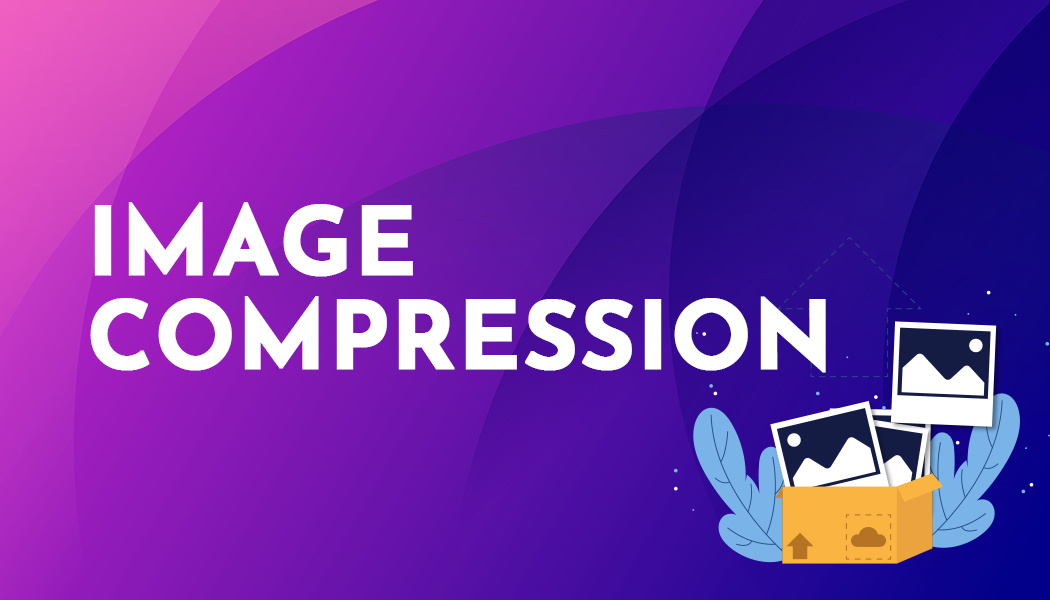Why Image Compression Matters
In today's digital age, where visuals dominate the web, stock image compression is a vital technology that ensures websites load quickly, providing users with a seamless browsing experience. This article delves into various image compression techniques, explaining their importance and how they contribute to faster web performance in an easy-to-understand language.
Why Image Compression Matters
As we increasingly engage with online content, the demand for high-quality images has never been higher. However, these images come with a cost: larger file sizes. Large files slow down website loading times, negatively impacting user experience and search engine rankings. Image compression addresses this by reducing the file size of images without significantly affecting their quality, ensuring websites remain fast and efficient.
Lossy vs. Lossless Compression
Image compression techniques can be broadly categorised into two types: lossy and lossless.
Lossy Compression reduces file size by permanently removing certain information from the image. This is often not noticeable to the human eye but can significantly reduce the image's file size. JPEG is a common format that uses lossy compression.
Lossless Compression reduces file size without losing any image quality, meaning the original image can be perfectly reconstructed from the compressed version. Formats like PNG and GIF use lossless compression, ideal for images requiring transparency or minimal quality loss.
Popular Image Compression Techniques
1. JPEG Compression
JPEG (Joint Photographic Experts Group) is widely used for photographic images. It offers adjustable levels of compression, allowing a balance between image quality and file size.
2. PNG Compression
PNG (Portable Network Graphics) is preferred for images with text, transparent backgrounds, or in need of lossless compression. While PNG files can be larger than JPEGs, they are crucial for maintaining clarity in certain types of images.
3. GIF Compression
GIF (Graphics Interchange Format) is best for simple animations and images with a limited colour palette. It uses lossless compression but is not suited for high-quality photos due to its colour limitations.
4. WebP Compression
WebP is a modern format that supports both lossy and lossless compression, offering smaller file sizes compared to JPEG and PNG while maintaining high image quality. It's increasingly supported by web browsers and platforms.
5. SVG Compression
SVG (Scalable Vector Graphics) is used for vector images like logos and icons. It's inherently scalable and lossless, ideal for images that need to look sharp at any size. SVG files can also be compressed further through minification and gzipping.
Techniques for Efficient Image Compression
Choosing the Right Format: Selecting the appropriate image format based on the content (e.g., JPEG for photos, PNG for screenshots, WebP for a balance of quality and size) is crucial.
Adjusting Quality Settings: Many image editing tools allow you to adjust the quality settings during the compression process, finding the right balance between quality and file size. An AI photo editor can simplify this process by automatically optimizing images based on your platform’s needs, saving you time and maintaining visual appeal.
Using Compression Tools: Several online tools and software solutions offer advanced compression techniques, optimising images for web performance without the need for deep technical knowledge.
Implementing Responsive Images: Serving different image sizes for various screen sizes and resolutions ensures that images are not larger than necessary, improving loading times on mobile devices and desktops alike.
The Impact of Image Compression
Properly compressed images have a profound impact on web performance. They lead to faster page loading times, which improves user experience, increases engagement, and contributes to higher search engine rankings. Moreover, it reduces bandwidth usage, which is crucial for users on limited data plans and helps in reducing the carbon footprint of websites.
Conclusion
Image compression is a critical aspect of web design and mobile app development, balancing the need for high-quality visuals with the necessity of fast loading times. By understanding and applying various compression techniques, web developers can ensure their sites are visually appealing yet performant, offering an optimal experience for all users. Whether you're a professional web developer or a content creator, mastering these techniques is essential in the fast-paced digital world.




